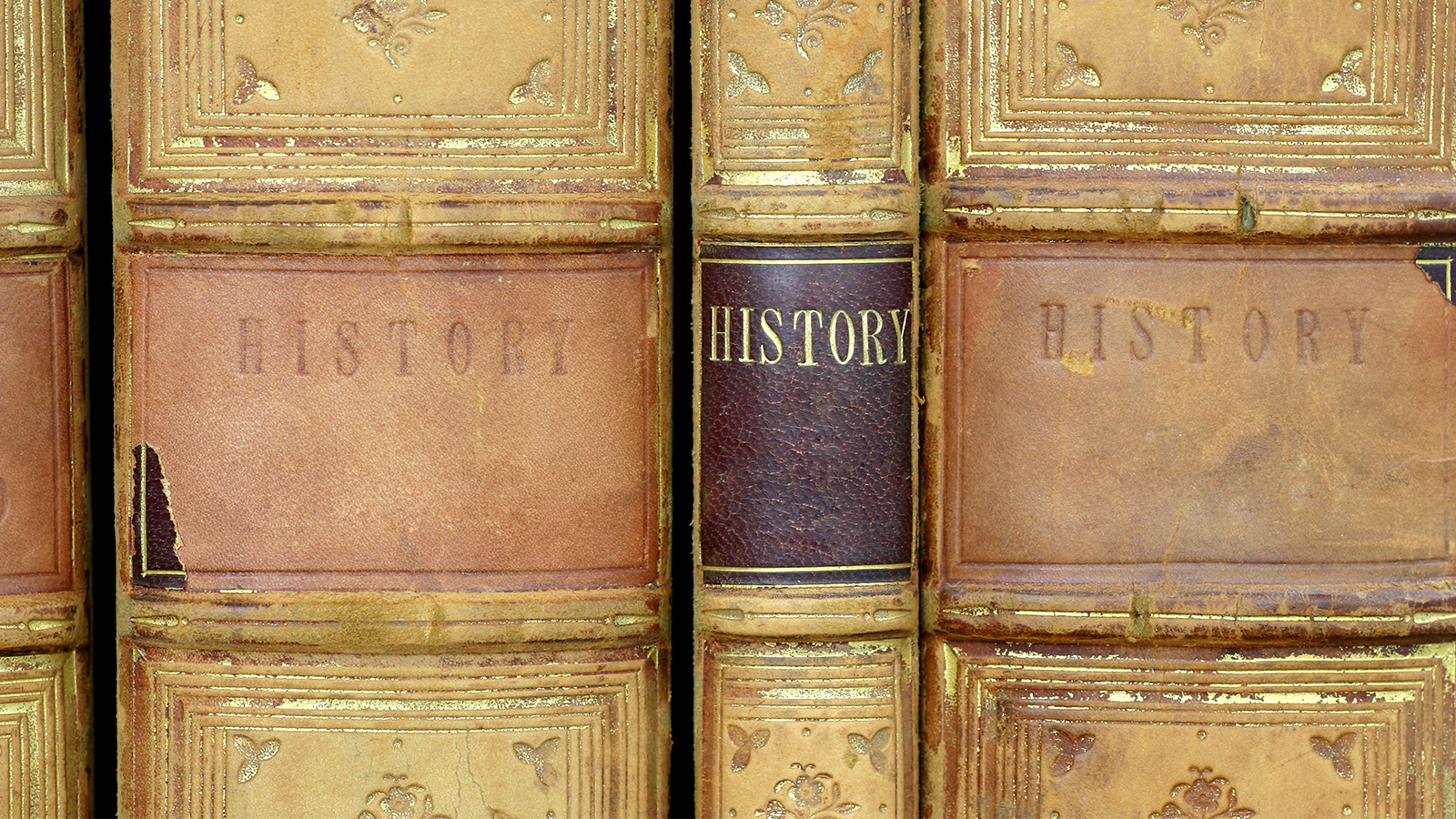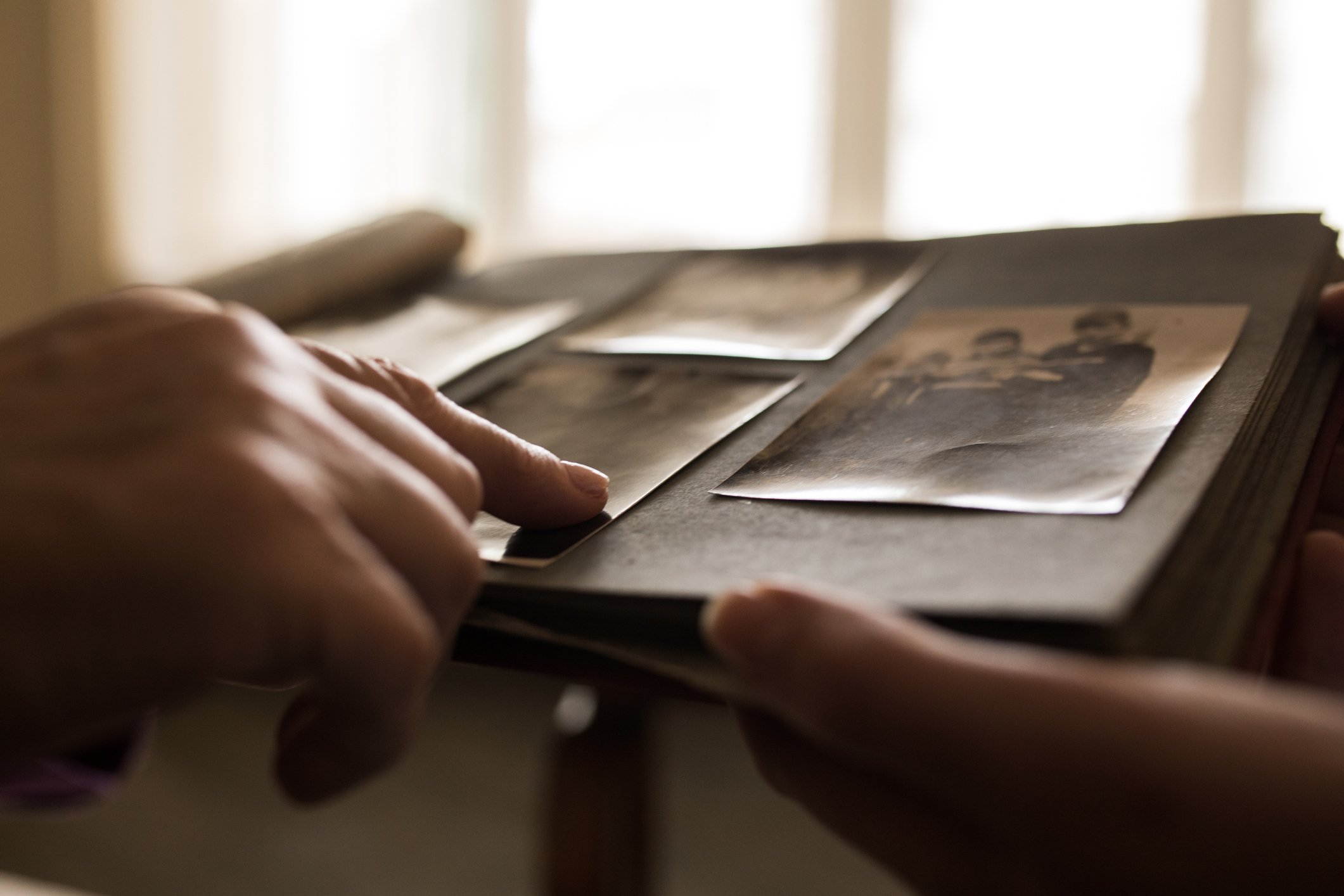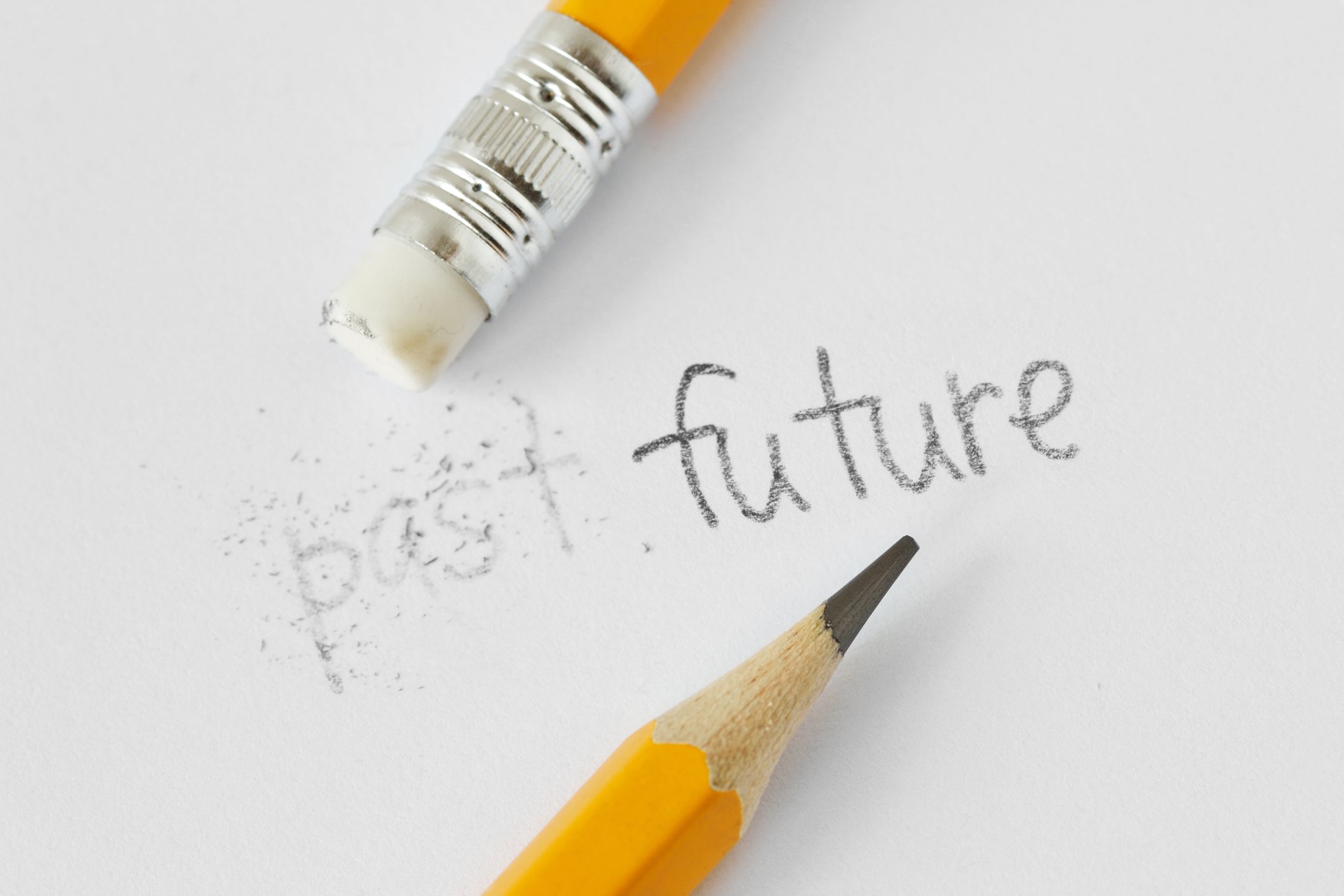
Collective memory, or social memory, is how a group of people remember and forget the past. Individuals and societies base self-understanding and decision-making on past experiences. However, how accurately do we really remember? What do we choose to forget? What is the impact of false or incorrect memories?
Different nations, different generations, different collective memories
Different nations, cultures, and groups of people have different collective memories of the past. These memories help to form national narratives about why things happen and how problems in the present and future should be solved. For example, Americans, Russians, Germans, and Japanese citizens have very different collective memories of the major events of World War II. Furthermore, these narratives shift and change over time. For example, both older and younger Americans recall the bombings of Hiroshima and Nagasaki as major events of the war, but the older generation views these events as positive because the war ended and no more Americans would die in the Pacific. Younger generations with no living memory of the war view the bombings as negative because so many Japanese civilians died.
These national collective memories influence politics and foreign policy decisions. Research has shown that the views of foreign policy, role of government, immigration, and race of millennials (born between 1981 and 1996) and Generation X (born between 1965 and 1980) are different from older groups of Americans. The collective memories of these generations influence these differences.
 Source: istock.com/StockPlanets
Source: istock.com/StockPlanets
Narratives and collective memory
Sometimes we remember accurately; sometimes we don’t. The word narrative is associated with collective memory and alludes to how our stories about memories can be faulty. On one hand, a narrative can refer to individual or collective memories of events that simply have a different point of view. However, narrative also refers to a sequence of events constructed into a story to support a particular ideology, knowingly or unknowingly falsifying events of the past. For example, ask your students to critically analyze how the word narrative is used in media reports. It is often a nice way of saying someone is lying and their versions of events are not accurate representations of reality.
Inaccurate individual or collective memories are often formed quickly, without access to all the facts and details. Over time the memory hardens, becoming a “truth” about the past that is hard to dislodge. These inaccurate “truths” about our pasts impede good judgment and make us blind to other viewpoints or changing conditions. A faulty collective memory leads to social myths, stories used to explain and understand the past, present, and future that just aren’t true. For example, the belief that if a person works hard enough in the United States, they will always succeed is a social myth that allows policy makers to often ignore the needs of the working poor.
National-superiority myths and founding-the-nation myths
National-superiority myths and myths about the founding of a nation can inspire citizens, but they can hold back positive change and lead to disaster. The “master race” theories promoted by the Nazi Party provide an extreme example of rewriting collective memories to inspire a nation. These false recollections of the past led a nation to wage war and support or turn a blind eye to the horrors of the Holocaust.

Source: istock.com/CalypsoArt
In the classroom
Social studies teachers must recognize and teach their students to analyze social and national myths. The concept can be introduced using pop culture and examples of the Mandela effect. This concept refers to faulty collective memories from advertising and entertainment media. Internet searches will turn up lots of mostly meaningless popular culture examples. After examining some of these examples, ask students to consider the harder questions about national or group collective memories of historical events:
- Who do faulty collective memories serve?
- How can those “narratives” be changed?
- What primary source evidence survives, where and how does the evidence conflict, and how do the events fit in the larger context of the era?
- Is using a collective memory of past events to interpret a modern situation always appropriate?
All sorts of amazing false narratives are circulating about the origin and treatment of COVID-19. Over time, these contemporary false narratives may become a part of the collective memory of large groups of people, leading to unfortunate choices in the future. Ask your students to examine the part they play in creating the collective memories of their own generation.
Active Classroom can aid your classroom with primary source activities
Access a free trial and start engaging students today
References
Kyvig, David E., and Myron A. Marty. Nearby History: Exploring the Past around You. 3rd ed. Lanham, MD: Rowman & Littlefield, 2010.
Pew Research Center. “The Generation Gap in American Politics.” March 1, 2018. https://www.pewresearch.org/politics/2018/03/01/the-generation-gap-in-american-politics/.
Roediger, Henry L., III and K. Andrew DeSoto. “The Power of Collective Memory: What Do Large Groups of People Remember—and Forget?” Scientific American. June 28, 2016. https://www.scientificamerican.com/article/the-power-of-collective-memory/.
Cynthia W. Resor is a social studies education professor and former middle and high school social studies teacher. Her dream job? Time-travel tour guide. But until she discovers the secret of time travel, she writes about the past in her blog, Primary Source Bazaar. Her three books on teaching social history themes feature essential questions and primary sources: Discovering Quacks, Utopias, and Cemeteries: Modern Lessons from Historical Themes; Investigating Family, Food, and Housing Themes in Social Studies and Exploring Vacation and Etiquette Themes in Social Studies.